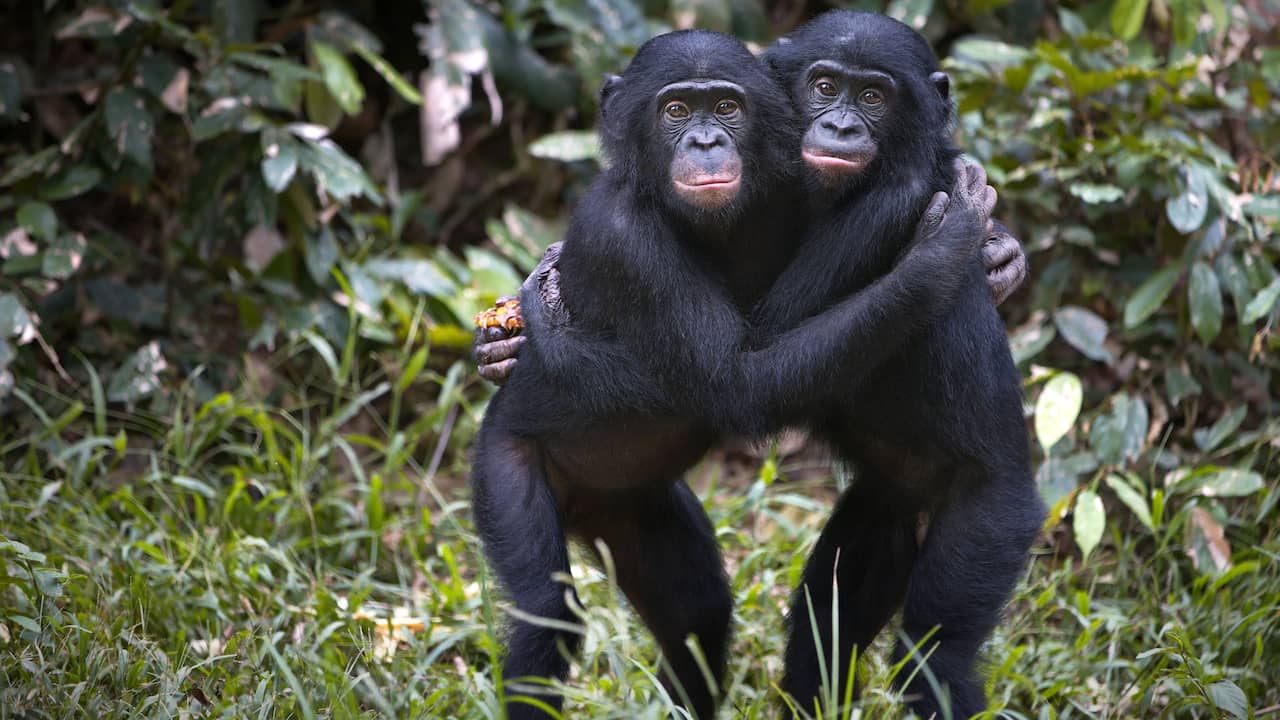This admission is consistent with similar studies conducted on children. “It’s like meeting someone on the street you haven’t seen in years, and you do a double take to get to know them,” says the lead researcher.
“It’s a fantastic result,” says primatologist Frans de Waal of Emory University, who was not involved in the study. “I’m not even sure people remember most of the people they haven’t seen in 20 years.”
However, this is not surprising, researchers believe. Recognizing friends and enemies by their appearance is crucial to human survival. In addition, animals such as dolphins, elephants, and dogs are known to use sounds or smells to recognize another individual.
But according to de Waal, research shows that other animals may also remember a lot more than we think.








More Stories
GALA lacks a chapter on e-health
Weird beer can taste really good.
Planets contain much more water than previously thought